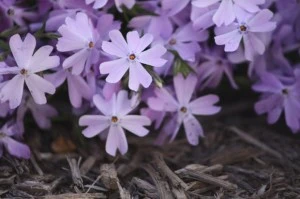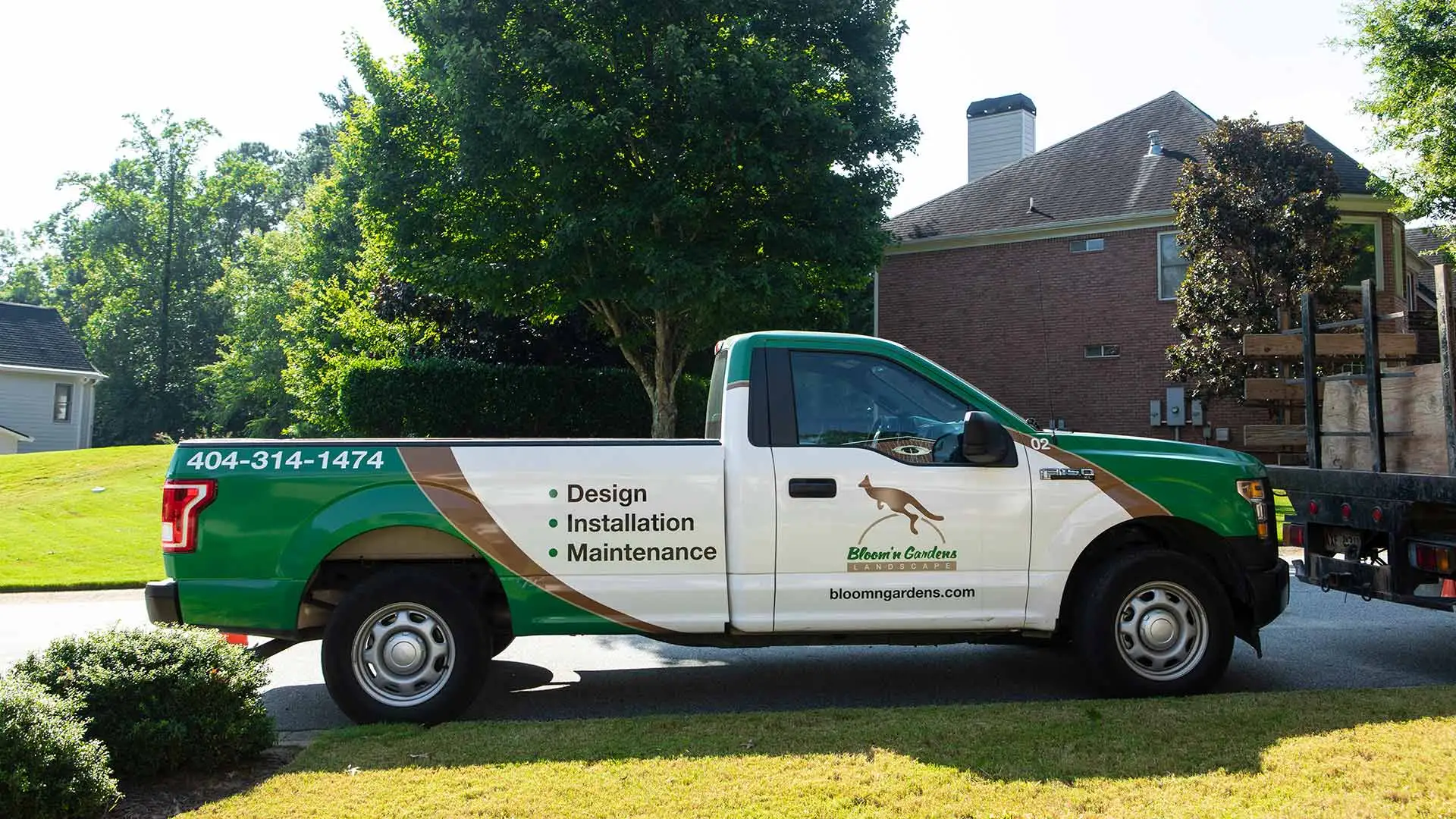Winter gardening is a mixed bag: your bright blooms and flowering trees have gone dormant, but hardscaping, cold-weather perennials, and garden maintenance keep you rooted. Many lawn care tasks wait for the leisure of our Georgia weather, but with winter on its way, it’s finally time to start contemplating cold weather landscaping. Ensure your spring garden unfolds with splendor by planning next month’s mulching and pruning before you’re wrist deep in a bag of pine straw.
Mulching
 Most gardeners mulch in the fall or spring, protecting their plants from frost and sun alike. But mulching during the early months of winter offers myriad benefits—for both your backyard and your budget. Laying mulch or pine straw protects your plants by:
Most gardeners mulch in the fall or spring, protecting their plants from frost and sun alike. But mulching during the early months of winter offers myriad benefits—for both your backyard and your budget. Laying mulch or pine straw protects your plants by:
Discouraging weeds
Moderating soil temperature and reducing evaporation of essential water
Improving garden irrigation
Protecting plant roots from frosts or heavy sun
Improving soil composition
Mulching your flowerbeds also improves the aesthetics of your garden, giving your landscape a clean, cultivated look. Mulch spread in January or February decomposes more slowly than mulch exposed to the weather conditions of early spring, giving you better benefits on the same budget. Before laying mulch or pine straw, clear your garden of decaying leaves, fallen branches, and grass.
Pruning
Eager gardeners harm their plants when they prune too early. Pruning before your tree or shrub enters dormancy upsets the growing cycle and increases the likelihood of injured plants. Not only does timely pruning pare away dead and dying branches, shape trees and shrubs, and improve the beauty of your landscape, it also reinvigorates plants for a new growing season. Prune during late winter to prepare your plants for a successful spring.
For more tips on winter landscape maintenance, call Bloom’n Gardens Landscape.



Comments (0)
Thanks for your comment!
Thanks for your feedback! Your comments have been successfully submitted! Please note, all comments require admin approval prior to display.
Error submitting comment!
There is a problem with your comment, please see below and try again.